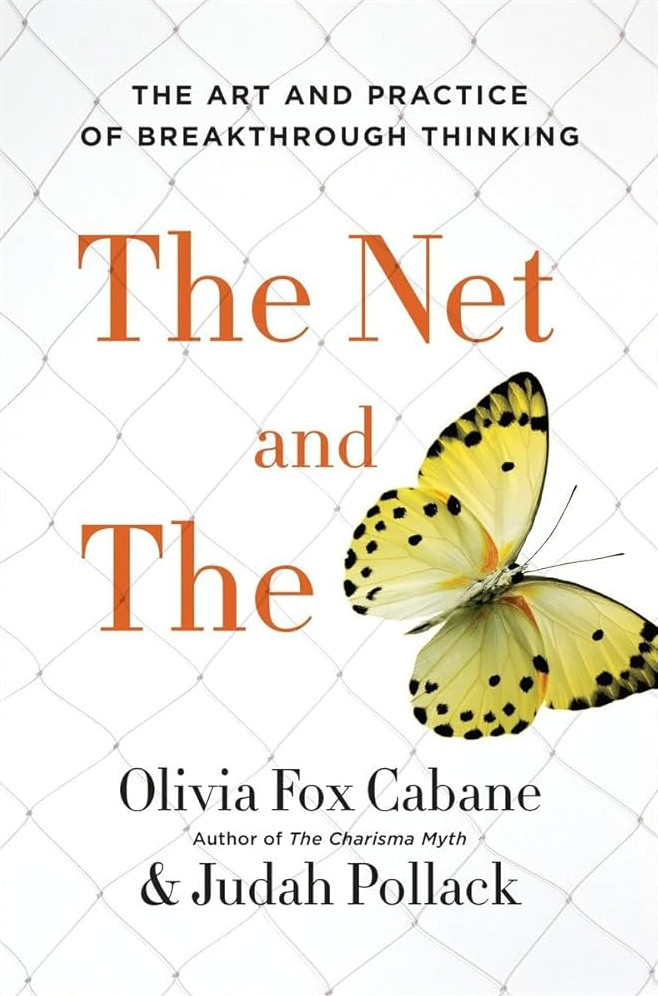Preparing a business plan for a game on Steam

Earning millions is easier than ever. I'll tell you how :-D
When I posted my final presentation [ru] (slides) for World Builders 2023 (my posts, site), I promised to tell how I made a roadmap and a financial model for the game. So, here they are.
At the end of this post, we will have:
- A brief strategy of our company: what we do, how, and why.
- A table with our beacons — successful games roughly similar to what we want to make. Similar in gameplay, team size, budget, etc.
- A composition of the team we need to assemble.
- A roadmap — a development plan for our game.
- An outline of our marketing strategy.
- A financial model — how much we will spend, how much we will earn.
- A large number of my caveats throughout the post.
- Jokes and
I hopewitty remarks.
All the final documents can be found here.
Review of the book "The Signal and the Noise"

Nate Silver — the author of "The Signal and the Noise" — is widely known for his successful forecasts, such as the US elections. It is not surprising that the book became a bestseller.
As you might guess, the book is about forecasts. More precisely, it is about approaches to forecasting, complexities, errors, misconceptions, and so on.
As usual, I expected a more theoretical approach, in the spirit of Scale [ru], but the author chose a different path and presented his ideas through the analysis of practical cases: one case per chapter. Each chapter describes a significant task, such as weather forecasting, and provides several prisms for looking at building forecasts. This certainly makes the material more accessible, but personally, I would like more systematics and theory.
Because of the case studies approach, it isn't easy to make a brief summary of the book. It is possible, and it would even be interesting to try, but the amount of work is too large — the author did not intend to provide a coherent system or a short set of basic theses.
Therefore, I will review the book as a whole, provide an approximate list of prisms, and list some cool facts.
Computational mechanics & ε- (epsilon) machines
I found a few new concepts for tracking.
Computational mechanics
There is computational mechanics, which deals with numerical modeling of mechanical processes and there is an article about it on the wiki. This post is not about it.
This post is about computational mechanics, which studies abstractions of complex processes: how emergent behavior arises from the sum of the behavior / statistics of low-level processes. For example, why the Big Red Spot on Jupiter is stable, or why the result of a processor calculations does not depend on the properties of each electron in it.
ε- (epsilon) machine
The concept of a device that can exist in a finite set of states and can predict its future state (or state distribution?) based on the current one.
Computational mechanics allows (or should allow) to represent complex systems as a hierarchy of ε-machines. This creates a formal language for describing complex systems and emergent behavior.
For example, our brain can be represented as an ε-machine. Formally, the state of the brain never repeats (voltages on neurons, positions of neurotransmitter molecules, etc), but there are a huge number of situations when we do the same thing in the same conditions.
Here is a popular science explanation: https://www.quantamagazine.org/the-new-math-of-how-large-scale-order-emerges-20240610/
P.S. I will try to dig into scientific articles. I will tell you if I find something interesting and practical. P.P.S. I have long been thinking in the direction of a similar thing. Unfortunately, the twists of life do not allow me to seriously dig into science and mathematics. I am always happy when I encounter the results of other people's digging.
About the book "The Net And The Butterfly"

I bought "The Net And The Butterfly" by mistake when I was in St. Petersburg about 5 years ago and organized a book-shopping day. I bought about 10 kilograms of books :-D, grabbed this one on autopilot without reading the contents. I thought the book would be about the network effect and the spreading of ideas, but it turned out to be about how to "manage" a brain relying on one of the neural networks in it. Which network? For the book and its content it does not matter at all.
My opinion of "The Net And The Butterfly" is twofold. On the one hand, I cannot deny its usefulness, on the other… the material could have been presented 100 times better and 3 times shorter. Sometimes, the authors walk on thin ice and risk falling into information peddling/marketing fraud.
Two years of writing RFCs — statistics

Slightly more than two years ago, I became a Lead/Engineering Manager for Palta's payment team. I left the company at the end of 2023 for another sabbatical [ru].
It is time to sum up. I will start with my favorite initiative.
From the first month, I promoted the idea of preceding major changes with text documents — RFC — Request for Comments.
In this post, I will analyze two years of applying this practice to share the experience, summarize the results, and have convincing arguments for my next job.